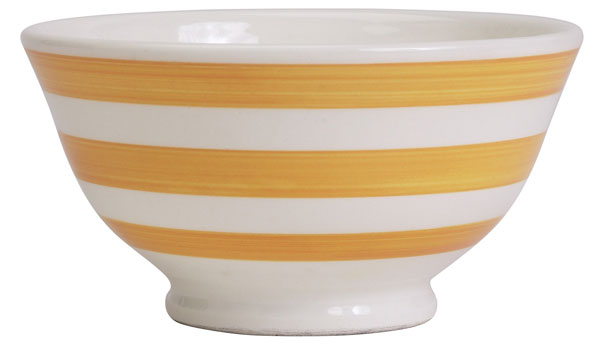
I know, I know. Its summer, and summer is almost never considered soup season. But what if I told you there’s a hearty soup that can serve as a staple on your next camping trip, without needing any sort of refrigeration to preserve. In fact, it stays good so long it could last you all the way until soup season *actually* rolls around. It’s called “Perpetual Soup” (or a “Skillagalee kettle”), and it was a staple of pioneers and early explorers of all sorts. Read on to see how its made.
“Un”gredients
Here’s the thing about Perpetual Soup: it is exactly what you make it. You can put whatever you want into Perpetual Soup, the trick isn’t in the ingredients, its in how it’s prepared. In the landmark 1910 work, The Book of Camping and Woodcraft: A Guidebook for Those who Travel in the Wilderness, Horace Kephart says “Into it go all the clean ends of game–heads, tails, wings, feet, giblets, large bones–also the leftovers of fish, flesh, and fowl, of any and all sorts of vegetables, rice or other cereals, macaroni, stale bread, everything edible except fat.” The trick, is that the soup is always kept hot.
Keeping the soup hot is not only its preservation secret, it makes the flavor of the soup ever-changing. By maintaining a steady 180-200-degrees Fahrenheit, the soup acts like it is in a Crock Pot, and resists contamination. The only hard-and-fast rule is keeping fat out of the pot, as fat is the first thing to go rancid if you accidentally let the soup cool for a few hours (which is otherwise not a real concern).
Perpetual Soup Methods
As mentioned, this soup would be great for a long campout, as long as you have someone to tend the fire and keep a flame under it. But how would you make it in a modern kitchen? As implied, a Crock-Pot is a great way to keep your perpetual soup high-simmering. Using either method however, you’ll need to keep adding water. Water evaporates, even at a simmer, just make sure to return your brother to a simmer as soon as possible after adding more water.
The other addition you’ll need to make? Ingredients! Remember, this soup is perpetual, so as you ladle portions out to your family, you’ll need to keep replenishing what you’ve taken out. Don’t be scared of adding new things either! This is where the different flavors come in, and experimentation can yield some pretty awesome results. If they’re not awesome? Just toss it on out and start again. All you’re out is some old bones, veggies, seasonings and water.
Ideas
The whole point of Perpetual Soup is that its made to your particular tastebuds, so I don’t want to say too much to influence your various concoctions, and will confine myself to just a few suggestions. Turkey bones do wonders for my broth. You can add pretty much any bones you like of course, but I love starting out with a nice wild-turkey broth. For veggies, chopped onions can give your broth a nice base, both in terms of flavor and color. Finally, when seasoning, salt is king at first, but taper it off the older your soup gets, and the more distinct flavors appear. You don’t want to smother them.
A humble homesteader based in an undisclosed location, Lars Drecker splits his time between tending his little slice of self-sustaining heaven, and bothering his neighbors to do his work for him. This is mainly the fault of a debilitating predilection for fishing, hunting, camping and all other things outdoors. When not engaged in any of the above activities, you can normally find him broken down on the side of the road, in some piece of junk he just “fixed-up.”

Tim says
” You can put whatever you want into Perpetual Soup”
” just make sure to return your brother to a simmer ”
oh my!
CaptTurbo says
I have had a perpetual soup on my stove for years continuously and I have learned that you don’t need to keep the heat on all the time. I simply bring it to a high simmer / light boil each evening as I add more veggies from my garden. I’ve done it for so long I have no doubt at all that this is a safe practice.